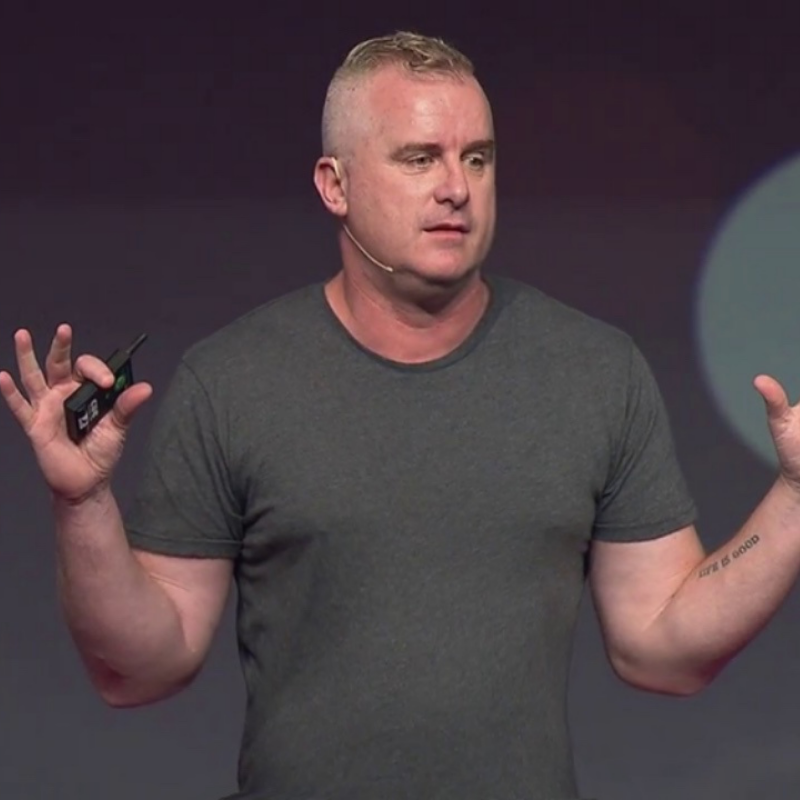Inner child work is a powerful tool in therapy that can help individuals heal from past traumas and improve their emotional well-being.
In this blog post, I will explore what inner child work is, why it’s important, and how it can be done.
What is Inner Child Work?
Inner child work is a form of therapy that focuses on healing the wounded inner child that resides in all of us.
The wounded inner child is the part of ourselves that experienced trauma or neglect during childhood, and as a result, may still hold on to painful emotions and beliefs that affect our lives as adults.
By reconnecting with this inner child and healing their wounds, we can improve our self-esteem, relationships, and overall sense of well-being.
Why is Inner Child Work Important?
Many people carry emotional wounds from childhood that affect their lives as adults.
These wounds can manifest in various ways, such as low self-esteem, difficulty with intimacy, self-sabotaging behaviours, and unhealthy coping mechanisms like addiction.
Inner child work can help individuals identify and heal these wounds, leading to greater emotional resilience and overall happiness.
How is Inner Child Work Done?
Inner child work can be done in various ways, depending on the individual’s needs and preferences.
Some common methods include:
1. Imagery
The therapist guides the client through a visualisation exercise, allowing them to connect with their inner child and explore their emotions and needs.
2. Dialogue
The therapist encourages the client to have a conversation with their inner child, asking them questions and providing reassurance and validation.
3. Writing
The client writes a letter to their inner child, expressing their love, compassion, and support.
4. Play
The therapist may encourage the client to engage in play activities that evoke a sense of childlike wonder and joy.
5. Reparenting
The therapist may model nurturing and supportive behaviour, helping the client re-parent their inner child and heal old wounds.
Regardless of the method used, inner child work requires a willingness to explore painful emotions and memories.
It can be a challenging but rewarding process, leading to greater emotional healing and self-awareness.
Conclusion
Inner child work is a powerful tool in therapy that can help individuals heal from past traumas and improve their emotional well-being. By reconnecting with the wounded inner child and providing nurturing support, individuals can release negative emotions and beliefs, leading to greater self-esteem, healthier relationships, and overall happiness.
If you are interested in exploring inner child work further, reach out to me and I can guide you through the process.
















